The Power of Synergy
A chat with Jim Glickenhaus and the story of a car that inspires him
The Power of Synergy
A chat with Jim Glickenhaus and the story of a car that inspires him
The Dino 206 Competizione Prototipo is one of the most noteworthy vehicles of its era. A realization of the power of synergy between three of Italy’s most important influences on the automobile itself; Enzo Ferrari, Battista Pininfarina, and Gianni Agnelli.
At the recent Greenwich Concours d’ Elegance, a stunning array of Supercars were perched in a ring; a Ferrari F40 here, a McLaren Senna there, and more of the same. Except for one rather notable exception. Tiny, yellow, with a bubble top and gull-wing doors, this car was decades older than the others. Familiar to most serious enthusiasts, the 1967 206 Dino Competizione Prototipo, while seemingly an odd juxtaposition by the knowing organizers, had every right to win this “Supercar” Concours category, which it did. History, tragedy, doubt, inspiration and, ultimately synergy alwayts reside in this car. In its cockpit, having driven the car from his home in Connecticut, was the irrepressible Jim Glickenhaus. Passionate and knowledgeable, Jim has a love for the prototypes Ferrari raced in the 1960s, and those dream-cars created to stir thought on future vehicles. The ‘Yellow Dino’ is a living expression of such a vision.

After winning the Formula 1 title in 1964, and the World Endurance Championship in 1965, Enzo Ferrari was feeling immense pressure both personally, and professionally. Nearly ten years after the death of his beloved son Dino in 1957 (who had outlined the benefits of a new 65° V6 to power competition machines), three vitally essential individuals from his past had also been lost between 1965 and 1966. There was his mother Adalgisa, an immeasurably powerful force in the life of Enzo. There was engineer Vittorio Jano, his technical alter-ego, whom he had pulled from Fiat to the Scuderia Ferrari decades before. A man who sat bedside Enzo’s dying son, Dino. And there was Battista Pininfarina, another friend from the old days, master designer and coachbuilder in whom Ferrari put 100% trust to shape his road cars.
At the same time, the financial pressures that led to the failed merger between Ferrari and Ford continued, while Ford’s desire to top Ferrari on the track would be realized at the 24 hours of LeMans, 1966. In the international racing business, finances are central to success. What Enzo needed was a solution. Something to thread the needle of his particular competitive needs and financial realities. A physical embodiment of a viable future.

The 1967 206 Dino Competizione Prototipo, is just such a car. Why? In 1964, Porsche had produced the 904 Carrera GTS, a small racecar suitable not only for racing but also homologated for the street. Through 1965 sales were well above estimates and the car was a winner at the most important road race in Italy, the Targa Florio. Is it possible this did not escape the notice of Ferrari? There are more examples. This is not to presume the thoughts of Ferrari, only to attempt to understand his situation. Enzo was famously not one to introduce a concept, but to study the viability and when convinced, to ace the execution. He had done so in 1961 with his first mid-engine F1 car, the 156, that in its maiden year had won the Formula 1 title driven by Phil Hill.
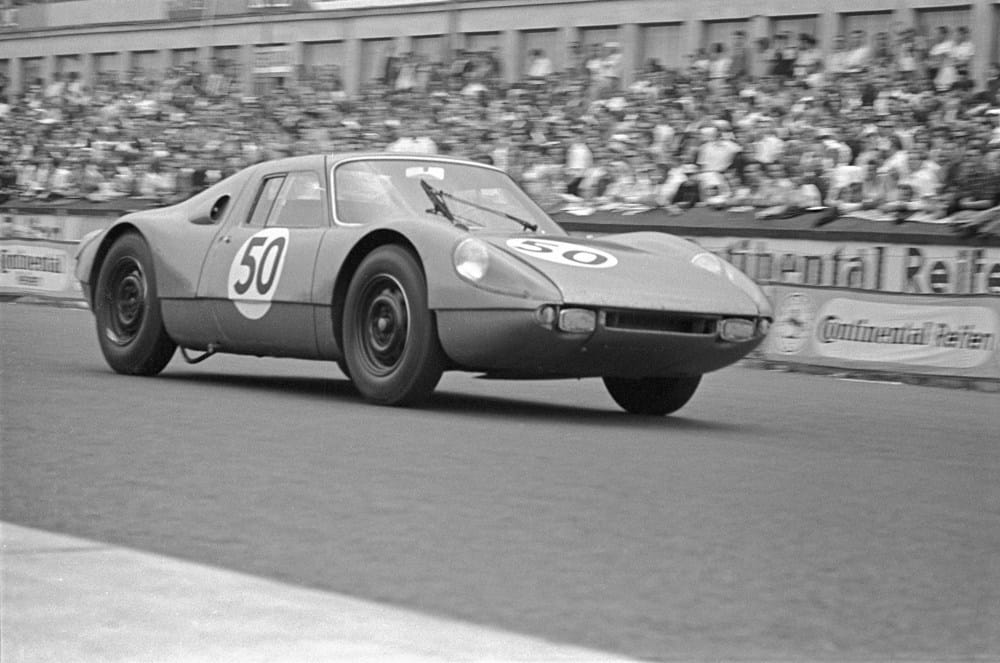
And so, in 1965 came the 206 Dino S, a car that, like the Porsche, would be homologated so that it could be driven to and compete in racing events by amateurs, while also being a smaller displacement contender with track-only versions, designated to professional outfits.
Given a recent past of hostility with sanctioning bodies, Enzo sought a partner who could manage to produce the 100 engines needed for homologation. While Alfa Romeo was always in Ferrari’s heart, the most capable partner was Fiat. Specifically, in the form of Gianni Agnelli, grandson of the founder of the Italian industrial kingdom, Agnelli was a successful chairman and an embodiment of the modern businessman. He had the resources necessary for Ferrari not only to compete at the highest levels but to continue to win.

Agnelli engaged his factories to produce sufficient number of 65° V6 engines in order to homologate the racecar, with the understanding that the two Italian giants would each assemble road-going GT models under the badge of Enzo’s son, Dino. One can only imagine the relief felt by Ferrari. A delicate first foray with Fiat. One that would not only introduce a relief mechanism for the financial pressure on him but one that honored the memory of his lost son.

At this moment the axiom, ‘the best-laid plans of mice and men often go awry’ has never been so apropos. Worker strikes were plaguing Italy, and in this case, struck Ferrari hard. With only 18 chassis able to be constructed thanks to the turmoil, the Dino 206 S, would be forced to add a “P” for “Prototype” and could only compete in the Prototype class against much more powerful machines, including those of Ferrari itself. While the 206 SP performed well, it was miscast into a harder category. More importantly, it was not the more impactful and lucrative race/road homologated GT envisioned.
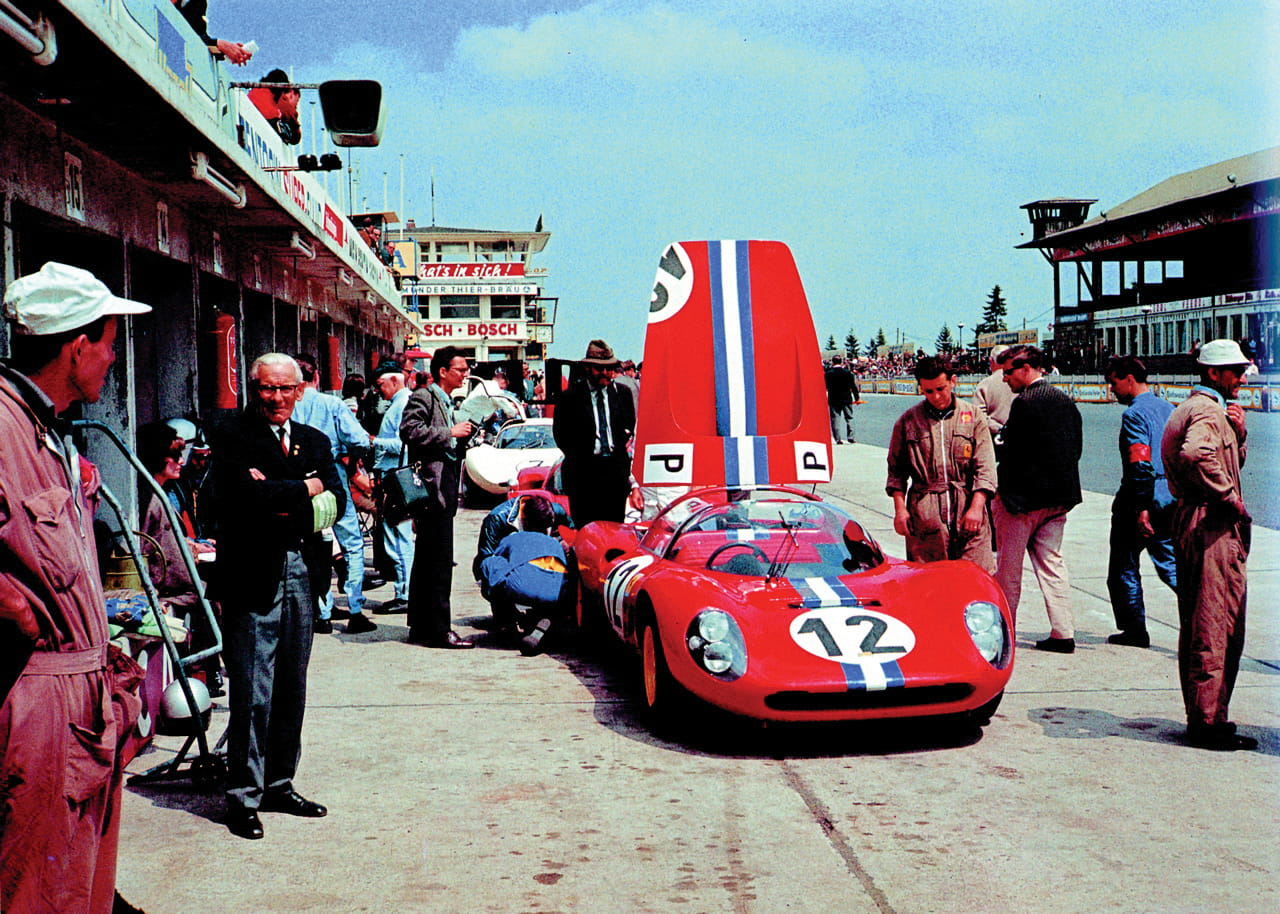
Despite the inability to homologate the 206 S, the plan to create a road car remained. Sergio Pininfarina, at 25 tasked by his father Battista with all Ferrari related matters, made the most of the opportunity. At Pininfarina the designers were (and still are) always forward-looking. They were keen to demonstrate to Ferrari the viability of the mid-engined road car. And in the V6 they had a suitable powertrain, as Enzo deemed V12s to be ‘too much to handle’ in a mid-engined road car.
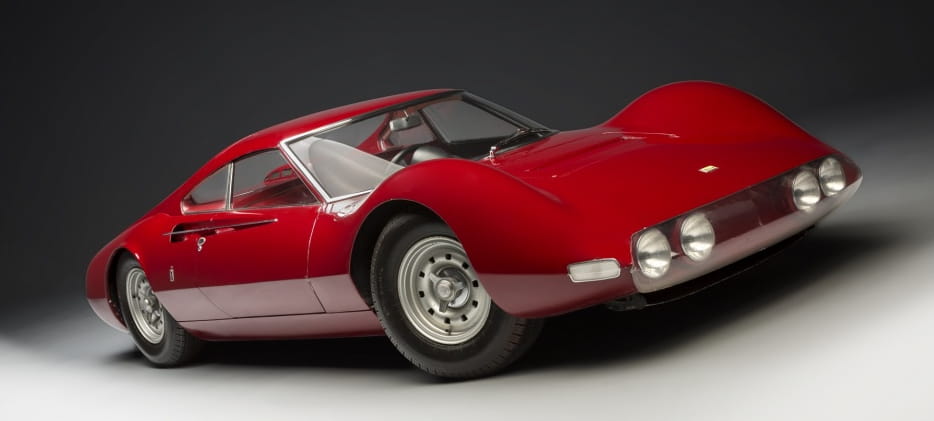
Two show cars were constructed in succession, using 206 S Competizione chassis and engines – the first was the 1965 Dino Berlinetta Speciale. This car designed under the direction of Sergio Pininfarina was the last new creation Battista Pininfarina reviewed. The diminutive red coupe was unveiled and celebrated at the 1965 Paris Autoshow. It is astonishing the number of design elements of future Ferraris lay in this tiny, red, belle of the ball.
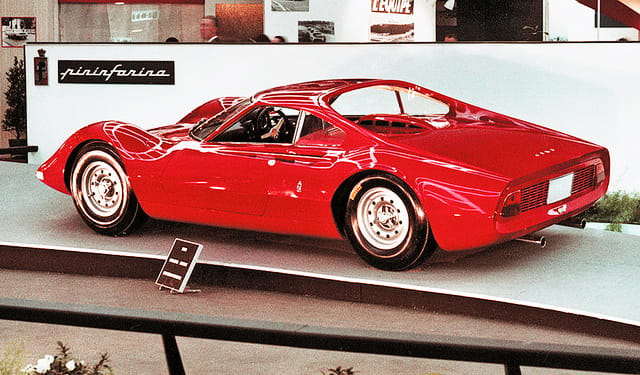
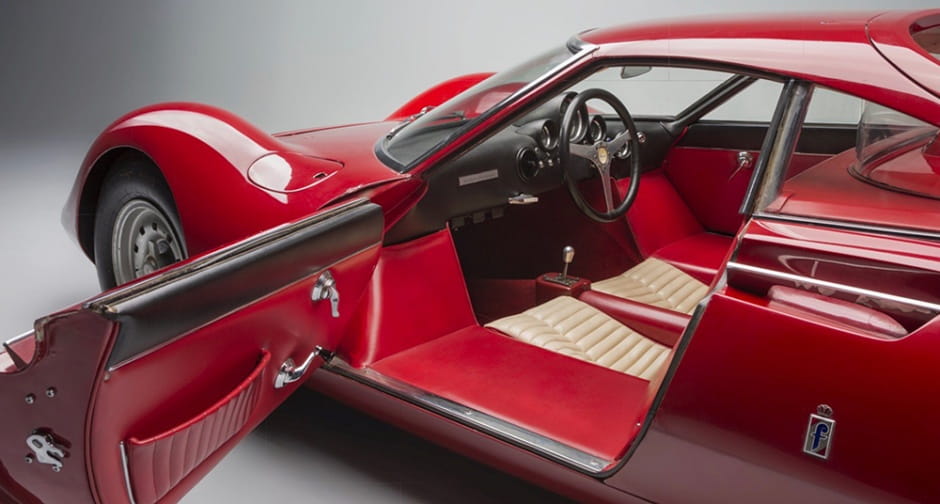
The second car is the subject of our talk with Jim, the Dino 206 Competizione Prototipo. The name tells the story. It is by self-definition a Competition Prototype. Should it move to production, with some modifications, had the road going trajectory for a suitable a ‘road and race’ homologation vehicle. Moreover, while the 1965 car was a non-running design exercise, this car had within its competition chassis, a functional Dino 65° V6 engine fresh from running the 1965 LeMans. This car could be driven, and in doing so, assist all of those involved in understanding the right path to success for the concept.
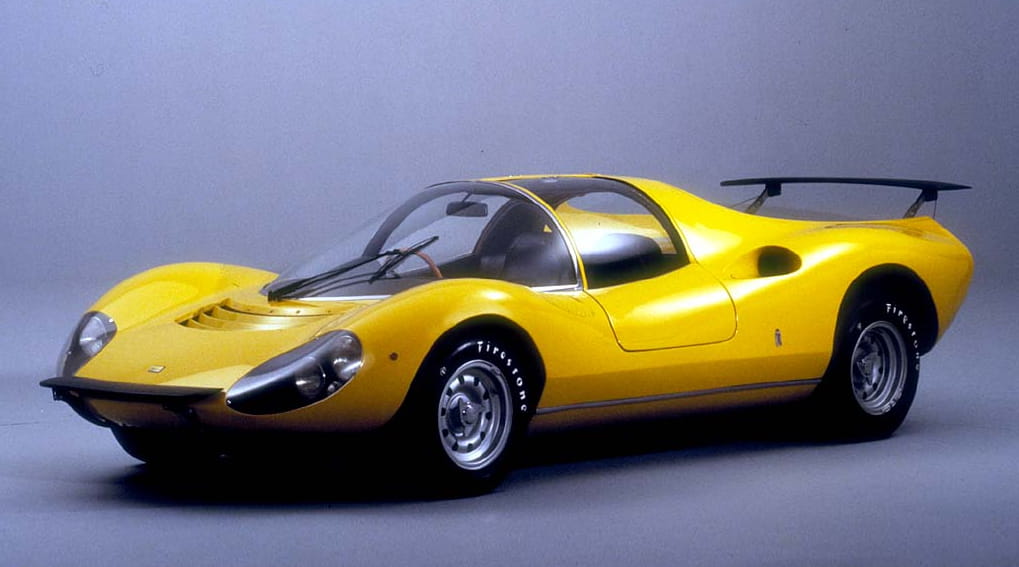
Clothed by a young designer at Pininfarina, Paolo Martin, the 206 Competizione Prototipo, painted Yellow to represent the city of Modena, Ferrari’s home, with a logo designed to mirror Dino’s signature, debuted to immense acclaim at the 1967 Frankfurt Auto Show. It was and remains a manifestation of a world where the worker strikes hadn’t stunted the production of chassis, and the 206 S had been homologated. A road-going version of a competition Dino, able to be driven to race events, with a full race version, the 206 S very close in look and layout.
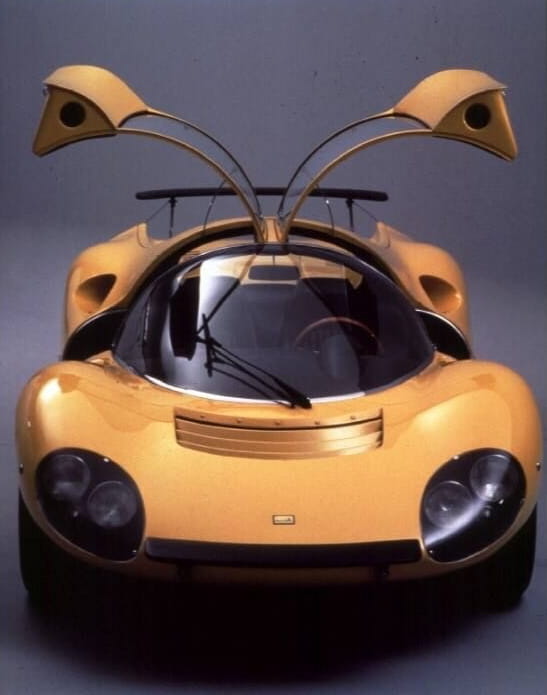
In 1969, Agnelli and Ferrari, fresh from the acclaim of the two Dinos, finally forged a tailor fit agreement for a future together. Fiat would purchase the entirety of Ferrari at the time. But, assume only 50% of ownership and assume oversight of road-car creation at the Ferrari factory in Maranello. A remaining 40% would stay with Enzo, to be transferred to Fiat upon his death. Finally, 10% remained for Enzo’s son Piero (via a longtime and beloved paramour, Laura Lardi). This agreement, unlike the fineprint of the Ford agreement, left Enzo with full control of racing operations. He would refine his efforts to participate in only the top levels of the World Endurance Championship, and Formula 1, and move away from building GT machines for customers and teams. Despite this, the two prototypes birthed new cars for the road named “Dino.”. One built by Ferrari, with a close resemblance to the shape of 1965 Dino Berlinetta Speciale, and one by Fiat that utilized the 65° V6 and other distinctive design references.
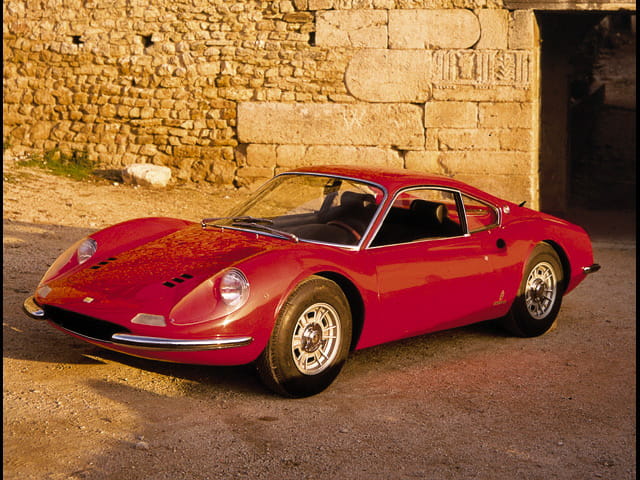

The 206 Dino Competizione quickly became a hit in the art and fashion world. Displayed in front of the Lourve in a glass case, or flanked by models in fashion campaigns, it was a youthful, optimistic vision of the future. After, it became a crown jewel of the Pininfarina museum, displayed by the Turinese firm at select events.
Upon the death of Battista Pininfarina in 1966, the Automotive Club de l’Ouest, organizers of the 24 Hours of LeMans, sought to honor this great man. The 206 Berlinetta Speciale would find a home in the race museum, inside of a courtyard dedicated to the great Pininfarina. The car lived at the Le Mans museum until 2017 when financial concerns came to the fore. As the car had no direct connection to the race, it returned to Paris for the 2017 Artcurial Retromobile show to be auctioned in order to raise funds to support a healthy future for the facility. Once again the Dino project was of service…!
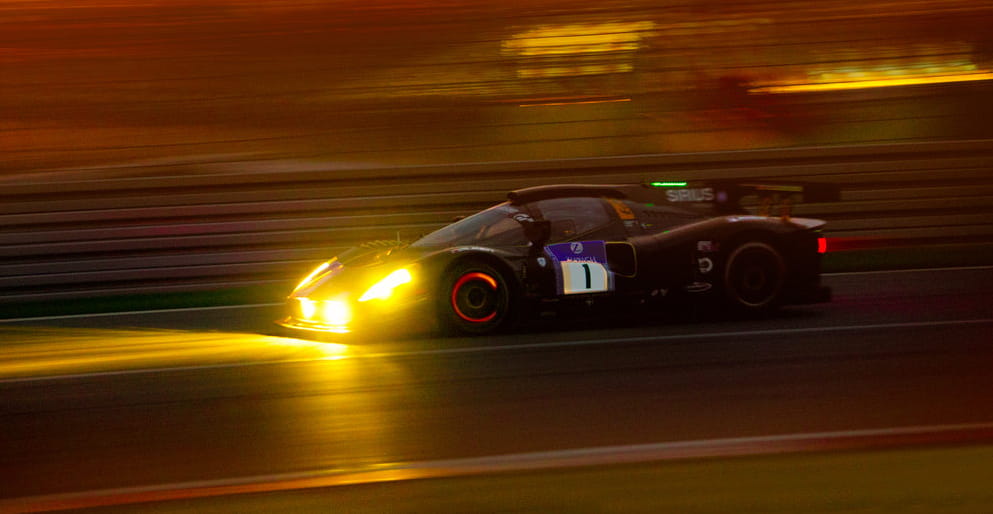
Flash forward to the early 2000s. Ferrari was under the leadership of Luca di Montezemolo, a man who, in 1975, had led the F1 team back to the World Championship, with Niki Lauda at the wheel. Montezemolo, left soon after only to return to Ferrari in 1992 to oversee another golden era both on the track and on the street. The F1 team, led by Jean Todt and driven by the immortal Michael Schumacher, returned the Scuderia to five F1 titles. The factory was renovated and the road car line considered the most formidable in the market. The financial growth and spirit under LdM was extraordinary.

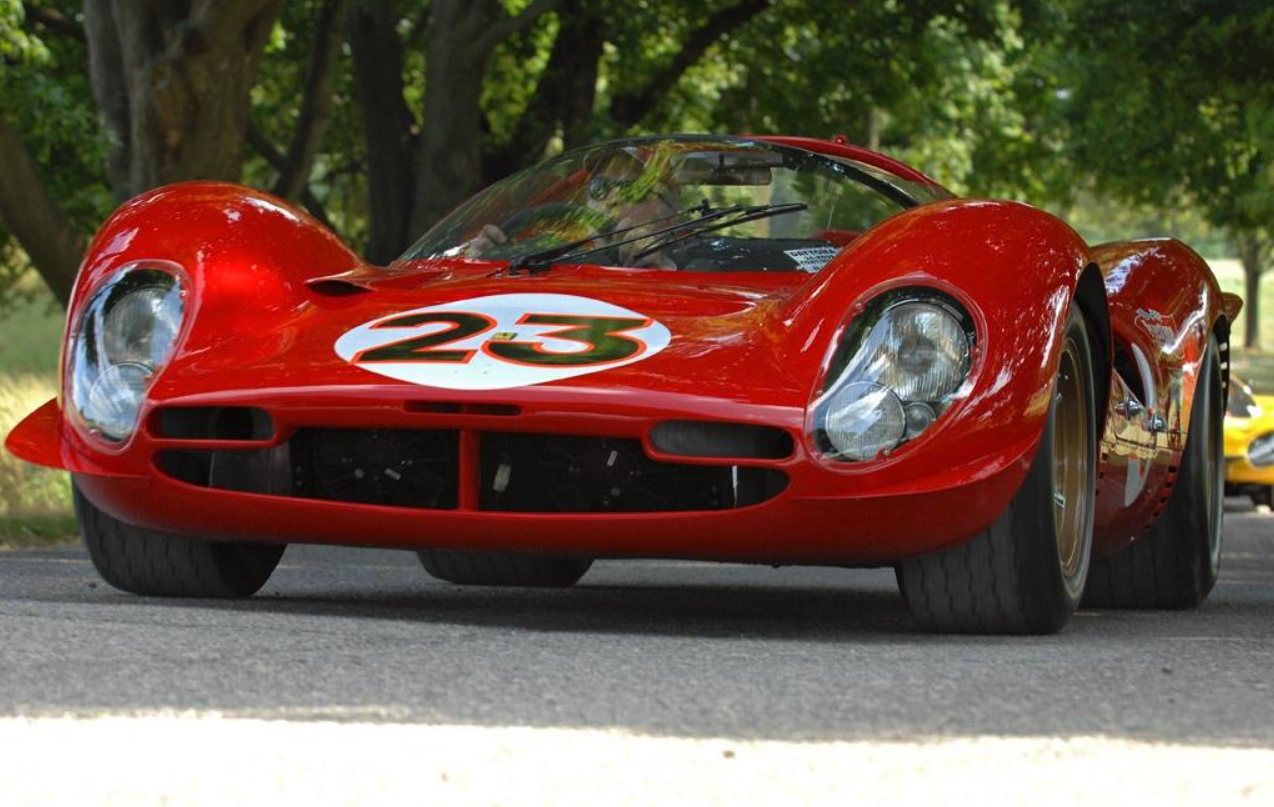
A long time Ferrari client, Jim was able to purchase the final Enzo Ferrari model, built by Montezemolo to honor ‘Il Commendatore’ with a namesake car that was unmistakable in its F1 influence. Pininfarina was now led by Sergio’s son, Andrea, whom Jim greatly admired. He sent the final ‘Enzo’ to Pininfarina to be rebodied, commissioning Pininfarina to create a modern take on the beloved P 3/4. He had in fact, shipped to the design house his own car as a reference. The new car, the P 4/5, succeded in creating a modern example based on a globally adored classic. When the newly christened P4/5 went public, it was considered another masterpiece, with the power of social media blasting its curvaceous Pininfarina shape across the planet. Riding this acclaim, the P 4/5 was officially accepted a Ferrari.
With this momentum Scuderia Cameron Glickenhaus, Jim’s automotive outfit, commissioned the P 4/5 Competizione to also be created by Pininfarina, using a road going Ferrari 488 as the platform. For Jim, the long dream of creating his own road-race vehicle was now a reality, achieving significant results at the brutal 24 Hours of the Nürburgring and other events.

It was during the long hours of work at Pininfarina that Jim wandered around their collection. His interest, naturally, turned to the cars that struck his particular fancy: Those visions of road cars built on racing chassis, such as ‘The Yellow Dino,’ and the stunning Ferrari Modulo that was built on a Competition only 512 S chassis and engine, of 1970. Jim was politely refused the purchase of these vehicles. However, a tragedy cast Pininfarina on a more precarious path. Andrea Pininfarina was killed when his scooter was hit by a car while he was commuting to his office.
Further, Ferrari announced a move toward a future of designing its own shapes, removing the crest of Pininfarina for the first time since 1954. As such, it was agreed by Pininfarina that the 206 Dino Competizione Prototype would be sold to Jim. Thanks to his near constant event activity, this would allow the world once again to interact with a living, functioning design masterpiece. After refurbishment and tuning, Jim drove the Dino directly to the Targa Florio and has been driving ] the roads, and inspiring new generations - along with the later to be purchased Modulo - ever since.
Jim Glickenhaus is nothing if not marrow-deep passionate about road capable racecars. He owns many examples of the 60’s era such as a 1967 Ford GT40 Mark IV, a Lola T70, the Ferrari 330 P3/4 that won the 24 Hours of Daytona in 1967 and a remarkably original 330 P4, not to mention the Baja Boot, an off-road race vehicle created for Steve McQueen to compete in the Baja 1000. Amongst these historic machines, the 206 played a different role in life. One that saw talented and capable industrial giants of another time come together to manifest a machine that represented a brighter future. Inspired by this, Jim leads a talented group under the banner of the Scuderia Cameron Glickenhaus. Ever more committed to vehicles suited for both road and track, he manufactures his own line of advanced machine, driving and racing them whenever possible.
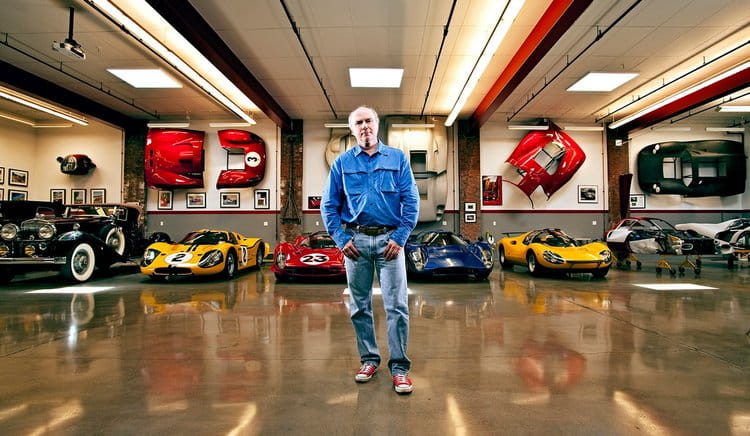
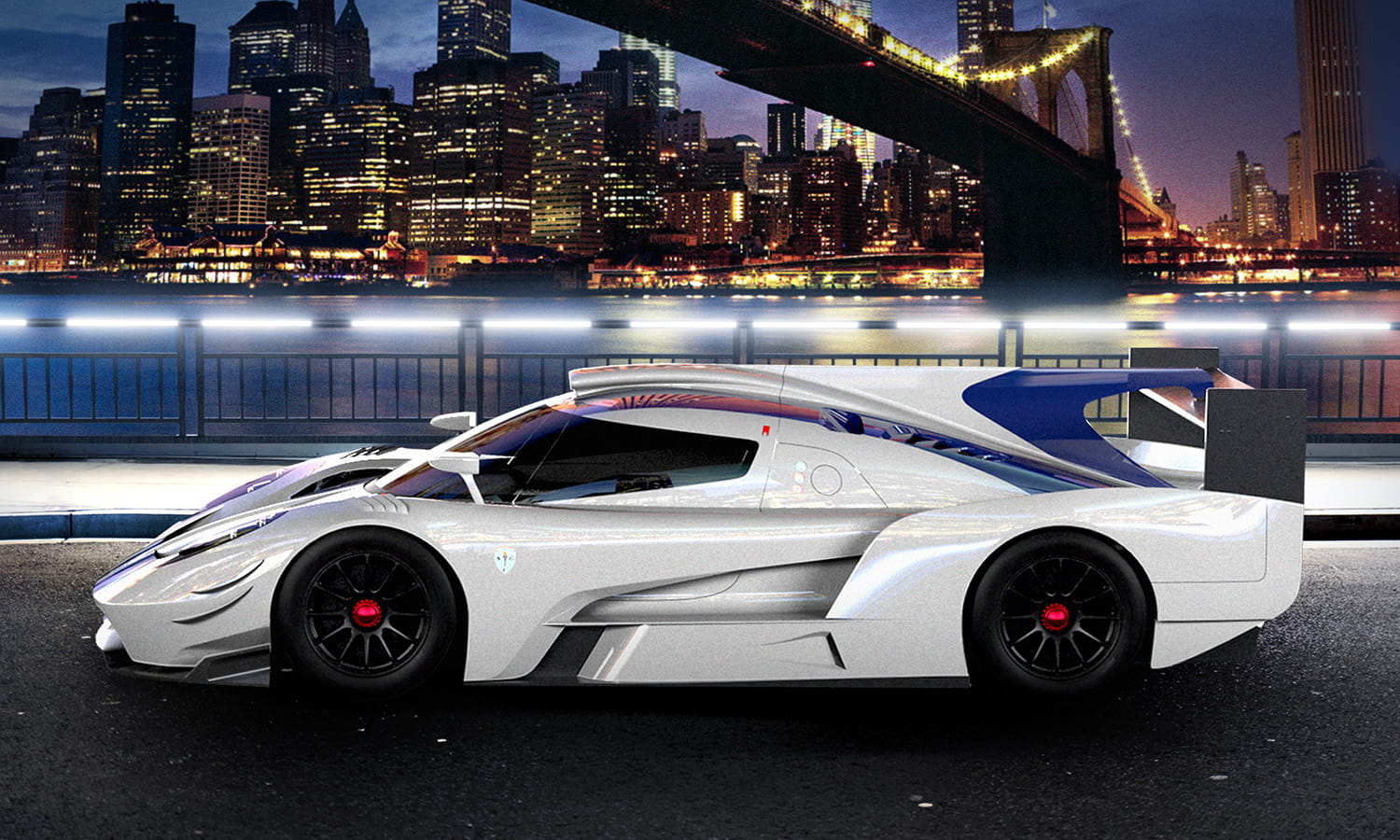
From pressure came a diamond. The 206 Dino Competizione Prototipo remains a potent symbol of the power of synergy.
Films directed and produced by Alexander Davidis for DF MEDIA
Interview, story, and layout by Jeffrey Ehoodin for DF MEDIA
Dino Berlinetta Speciale studio photos courtesy of Artcurial © 2017
Other images supplied by Scuderia Cameron Glickenhaus, or copyright Pininfarina, Porsche archive, Ferrari, Fiat or unattributed